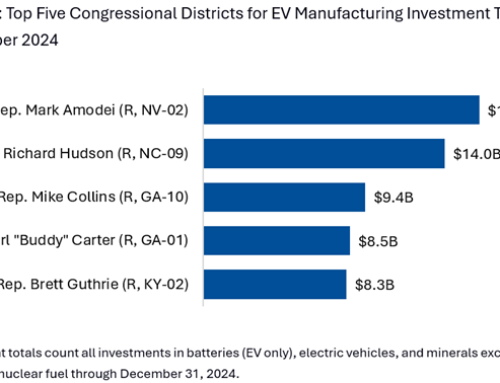
Figure 1. Texas Statewide Planning Map from Texas Electric Vehicle Infrastructure Plan
We have seen our first few NEVI plans. On Friday, Washington state released their draft plan. California, Maine, Texas and Wyoming have all also released draft NEVI plans out for public comment. Given that things are moving fast with this huge pot of funding, let’s dig into what we have seen so far for NEVI plans, NEVI standards and developments to come.
As a quick refresh, the National Electric Vehicle Infrastructure (NEVI) formula grant program splits $5 billion across states to build out a national EV charging network. Here’s a summary of the funding that will go to states over the coming five years.
The funding must be spent on Alternative Fuel Corridors (AFC). For more on AFCs, we wrote about them here and why they’re so significant for the NEVI funding. For NEVI, there is a 20 percent state share and the federal government will cover the remaining 80 percent.
There is also a $2.5 billion discretionary grant program for EV charging. This funding will be split between the Corridor Charging Grant Program and the Community Charging Grant Program.
What do we have on NEVI plans so far?
-
Five states (Washington, Maine, California, Texas and Wyoming) have released their draft plans for public comment
-
34 states have produced a website or webpage for their NEVI plan
-
23 states have published a survey or request for information on the development of their plan
There is also an opportunity recently released to join the Federal Advisory Committee Act Electric Vehicle Working Group. Applications are due July 15, 2022.
What have we seen recently?
The FHWA released its 180-day minimum standards a little late. These standards have been described as the “what” of the program.
The standards (found here) are open for public comment that closes 60 days after the standards are published in the federal registrar. Given that this is an 82-page PDF, and your browser is already full of tabs, here’s a summary of what it includes:
-
National standards for installers and maintenance workers
-
The sites must use Combined Charging System (CCS) plugs (though “NEVI projects using FY22 funds, one or more DCFC charging port(s) may also have a permanently attached CHAdeMO connector”
-
Sites must be “physically accessible to the public 24 hours per day, seven days per week, year-round”
-
“Each charging station must be capable of providing at least 150 kW per charging port simultaneously across all charging ports”
-
“Must have at least four charging network-connected Direct Current Fast Charger (DCFC) ports”
-
States must ensure that the charging equipment is suitable “for a period of not less than 5 years”
-
A “minimum annual uptime requirement of 97 percent”
-
Ensuring that it is easy to use credit and debit cards (as opposed to stations where membership payment is easy but payment with a credit card is cumbersome)
-
Better data sharing to enable easier access to charging stations
If you’re loving the Q and A format of this digest, you’ll love their FAQ here. In case you missed it in February, you’ll also want to see the NEVI Program Guidance.
What can we learn from state plans so far?
I’ve heard the state plans described as the “where” of the program. Let’s take Texas for example. See the map from the draft Texas Electric Vehicle Infrastructure Plan (Figure 1).
The graphic comes from the Texas Department of Transportation (TxDOT)’s Statewide Planning Map, which lays out how the current network of charging stations and proposes the locations of new stations to be funded by the NEVI program.
The planning map details how many charging stations and ports will be installed at each location, as well as the estimated capital and operations and maintenance costs. Note: Under “Overlays, select “Alt Fuels – Electric” and then zoom in for details.
Take this site in San Angelo for instance:

Figure 2. San Angelo EV Station Study Area from TxDOT’s Statewide Planning Map
In this location in San Angelo, there are 8 stations proposed for a cost of $1.2 million. These stations will be funded by IIJA. Per the standards, there should be at least four chargers per site.
What next for these draft NEVI plans?
States are holding engagement sessions. Here are a few to come this week:
-
Oregon: June 27 @ 11am PT
-
Idaho: June 28 @ 12pm PT, July 6 @ 5pm PT, and July 13 @ 11am PT
-
Wisconsin: June 28 @ 1pm CT
-
Arizona: June 30 @ 1:30pm PT (Invite-only, contact azevplan@azdot.gov)
Keep an eye out on the Events Calendar to track other sessions.
States will continue to release their draft plans and must submit a State EV Infrastructure Deployment Plan to the Federal Highway Administration by August 1, 2022. The FHWA will approve (or not) these state plans by September 30, 2022.
States will need to update these plans on an annual basis.
Have you seen other NEVI plans out there in the wild? Get in touch.
Full disclosure: Atlas is supporting NEVI plan development for three states.

